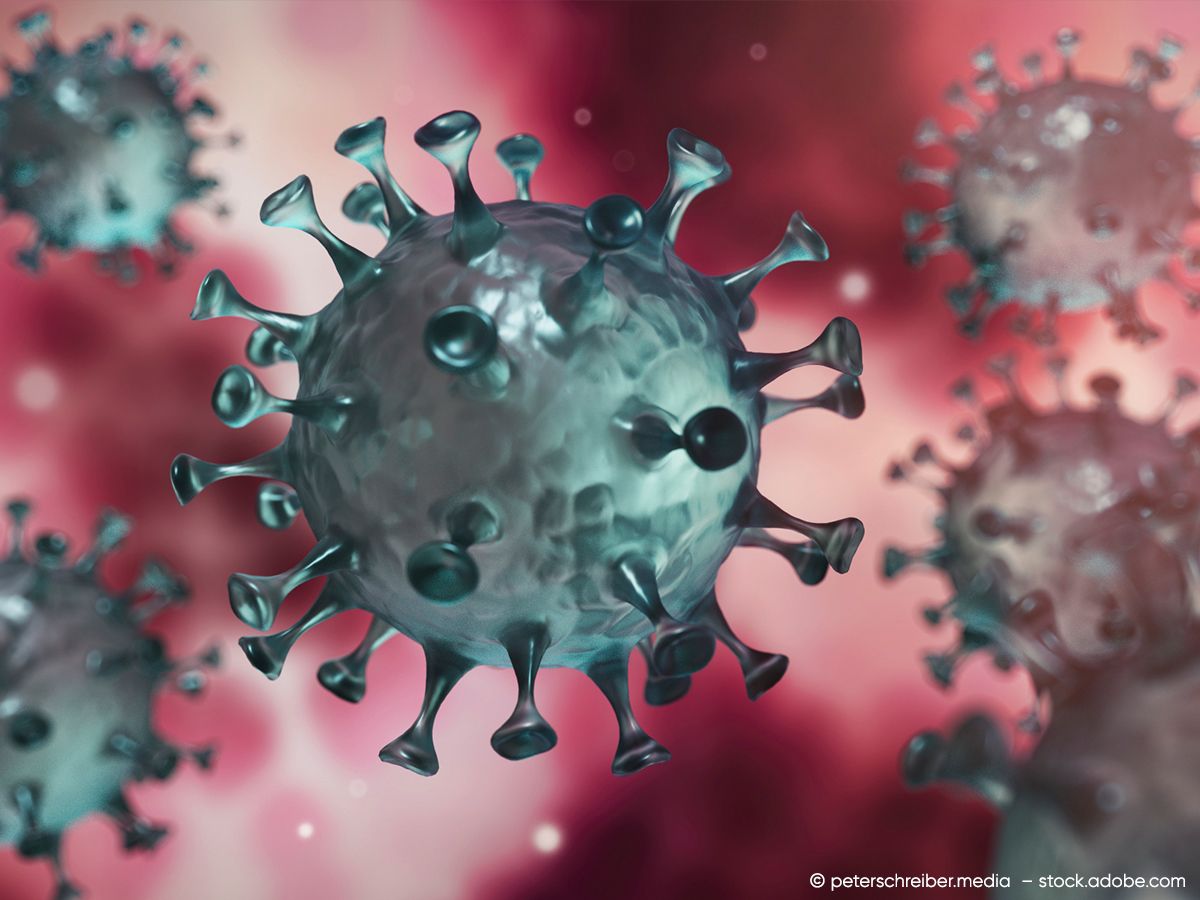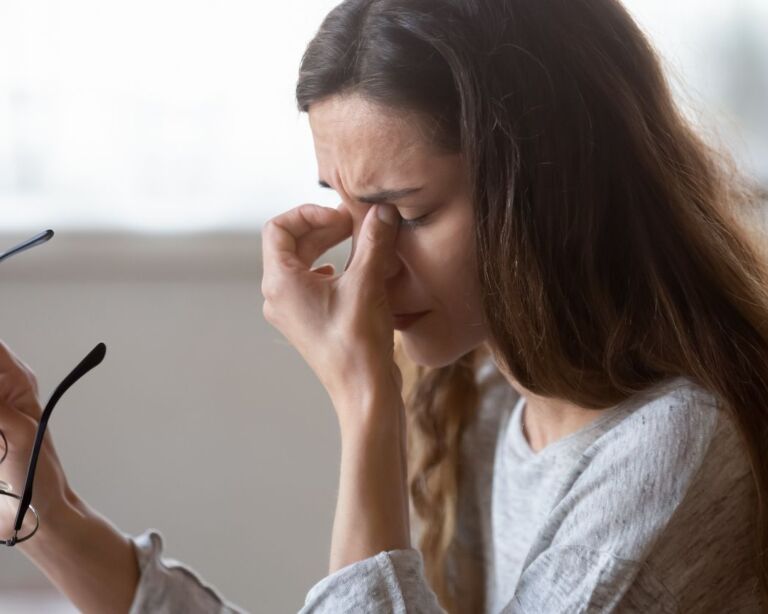The SARS-CoV-2 coronavirus and the COVID-19 disease
The pathogen that causes COVID-19, SARS-CoV-2, belongs to the coronavirus group. Coronaviruses are widespread and have been known for decades to cause flu-like infections and respiratory diseases.
SARS-CoV-2 first appeared in people in China in December 2019 and spread rapidly worldwide. Globally, SARS-CoV-2 was a new virus at the time that the human immune system had never come into contact with before, which is why almost everyone who came into contact with the virus fell ill with COVID-19.
Coronavirus transmission
SARS-CoV-2 is mainly transmitted by aerosols and droplets. These can remain in the air for some time and lead to infections, especially in close contact.
Another transmission route is contact with hands, surfaces and objects (e.g. door handles, handles on the train) to which the viruses adhere. They can survive on it for a few hours. Anyone who subsequently touches their mouth, nose or eyes with contaminated hands can become infected.
Hygiene measures such as regular ventilation, keeping your distance, wearing masks, but also disinfecting your hands and cleaning surfaces help to reduce the transmission of viruses.
Corona disease: frequency and age
SARS-CoV-2 can infect people of all genders and ages: infants, children, adolescents, adults and the elderly. The elderly, weakened people and people with pre-existing conditions have an increased risk of a more severe course of the disease. Younger people and people without previous illnesses usually have a mild course.
COVID-19: Symptoms
The symptoms of a SARS-CoV-2 infection are varied and similar to those of other viral respiratory diseases. Typical symptoms include a sudden loss of the sense of smell and taste, but the symptoms are often largely unspecific. Severe courses are characterized by respiratory distress requiring oxygen and complications such as thromboses and embolisms. This is especially true for older and weakened people. COVID-19 can also extend beyond the acute illness to so-called long-term COVID-19 with performance restrictions lasting months or years.
Long Covid consultation hour
Patients with persistent problems following COVID-19 infection are assessed and cared for on an interdisciplinary basis in our Long COVID consultation.
COVID-19: Treatment
Various medications reduce virus production and thus help the immune system to cope better with the virus. In the past, antibodies directed against SARS-CoV-2 also helped. In the meantime, however, the virus has changed to such an extent that this form of therapy is hardly used any more. In severe cases, the focus is on inflammation, which necessitates the use of steroids or other immunosuppressive measures.
Covid-19/Corona vaccination
Vaccinations against SARS-CoV-2 have been available in Switzerland since the beginning of 2021 and have been adapted to the changing virus over time. The vaccinations primarily protect against serious illnesses, which is why they are recommended for older people and people with health risks.
Further information on COVID-19, vaccination and testing options can be found on the information page of the Federal Office of Public Health FOPH.
FAQ on the topic of corona
A corona infection usually lasts 5-14 days, depending on the course of the disease. Mild courses often subside after a few days, while severe courses can take longer.
A visit to the doctor is necessary if symptoms such as severe shortness of breath, persistent high fever, circulatory problems or a deterioration in the general condition occur. People with pre-existing conditions should seek advice at the first sign of illness.
According to current recommendations, you should remain isolated for at least 5 days and only return to social contact after 48 hours without symptoms. A negative test can provide additional security.
PCR tests are offered in test centers, medical practices or pharmacies. Information on local testing options is available from the health authorities or on their websites.
Common symptoms are sore throat, cough, cold, fever, headache and aching limbs. Gastrointestinal complaints or loss of taste and smell can also occur.
The first signs may be tiredness, a sore throat, cough and a slight fever. Some people also show flu-like symptoms such as headaches and aching limbs.
A cold is often milder and rarely causes a fever. Corona can be accompanied by more severe symptoms such as shortness of breath and a loss of sense of smell and taste.
Rest, sufficient fluid intake and, if necessary, fever-reducing medication (e.g. paracetamol) can help. Isolation is important to avoid infecting others.
You are most contagious 1-2 days before the onset of symptoms and up to 7 days afterwards. In severe cases, the risk of infection may persist for longer.
In mild cases, symptom-relieving medication such as paracetamol or ibuprofen is used. In severe cases, antiviral medication or corticosteroids may be necessary.
A PCR test can remain positive for several weeks after infection, even if there is no longer a risk of infection. Rapid tests are often negative earlier.

